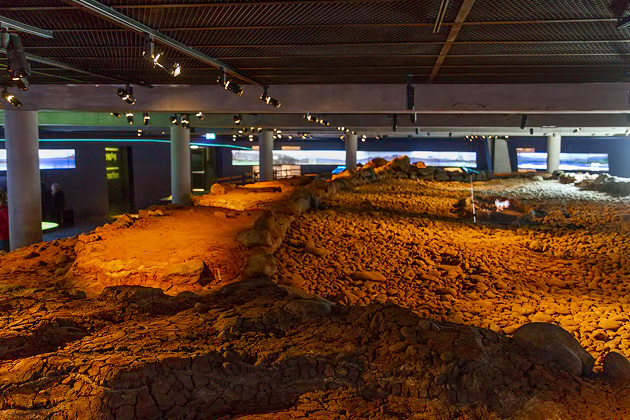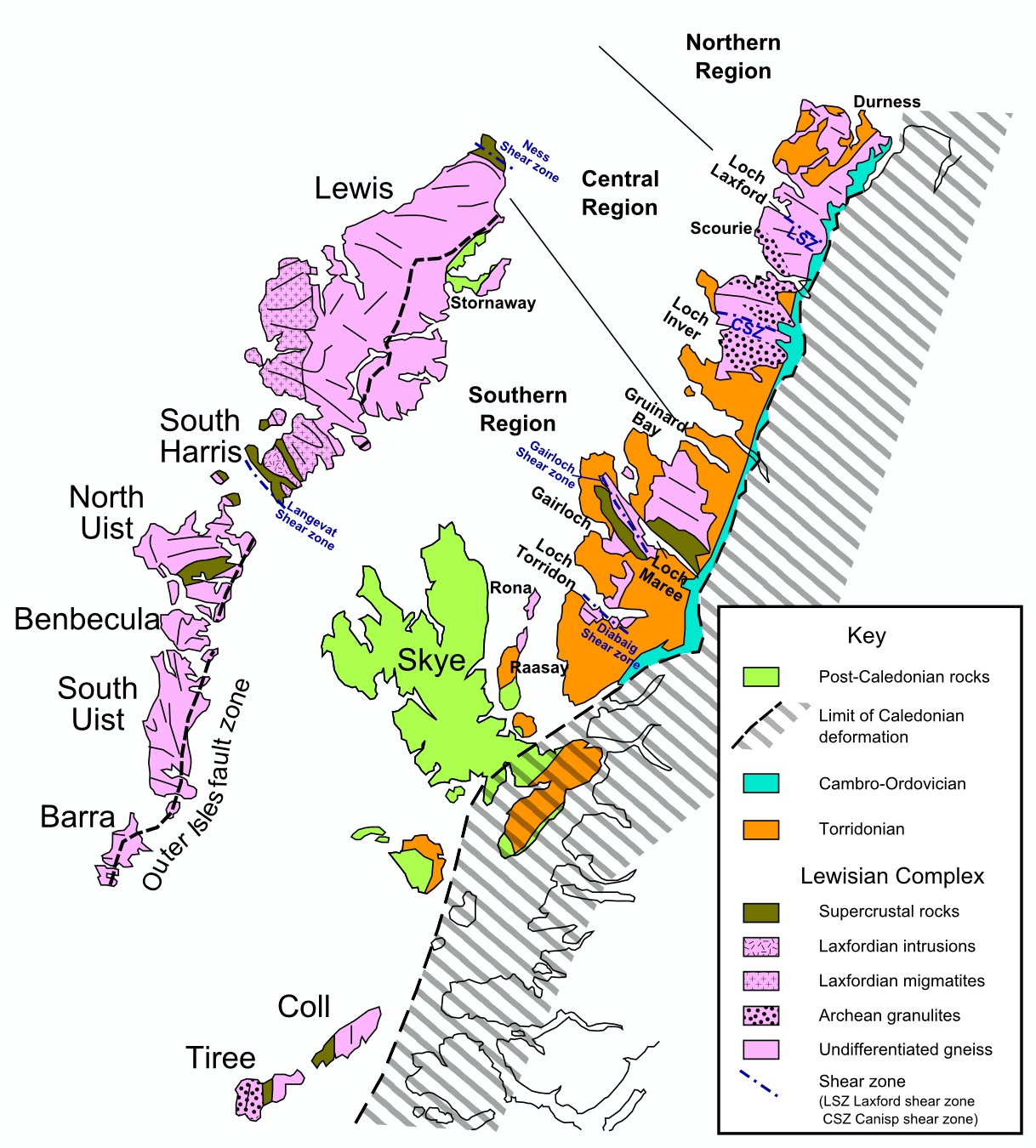I am here in Reykjavik for a couple of days. Long enough to learn how to spell the name of the town. I might have to stay here instead of getting my rental car and driving north because no other name makes any sense to me. I get it in my mind but in 5 minutes all I can recall is "It starts with B."
Why would I let that stop me? Ha! Tomorrow I am getting a car and driving around Iceland on Highway 1, the Ring Road. It goes around the country near the coast. My target is the Husavik area, famous for birdwatching. Maybe in my wanders, I will finally see a gyrfalcon, the national bird. Although we may have them in Washington State, I have never seen one anywhere. So off I will go even if I cannot say or remember the names of anything.
But today--sunny and a balmy 51 degrees and only a little wind. I had a great wander. As usual, there are more things to explore than I had time for but my brain is full. Can't do any more.
Here is my street near the "Old Harbor." Although it looks cloudy, it is mainly a sunny day.
 |
| My street near the old harbor. My house is the white one on the right but I showed these as I think they are so pretty. |
 |
| I think you can see that these are sided with corrugated metal siding. Most common siding. |
 |
| The trim is cut metal. |
The closest museum is the Maritime Museum, in the Old Harbor. I did not like it that much. It starts with the fishing industry in the early 1800's when men are rowing out in very small boats and not always surviving. The houses are hung about with dried fish of every size--the only or main food. Could not even find a potato in the display.
After the tiny rowing ships and dried fish, there is a room of shipwrecks. I lost heart and could not get interested in the 20th C. navigation improvements.
But there was first lunch--delicious fish soup and bread. Some birds in the harbor. Overall, not bad.
 |
| Icelandic fish soup and espresso for lunch; few birds |
Second Museum
I made the next stop at the Settlement and Saga Museum, on one side of the above square. It is built around a fairly recent archeological excavation of the oldest building so far discovered in Iceland, dated to pre-871. It is a longhouse farmstead of one of the earliest inhabitants of Iceland, dated because some of the walls are under a layer of volcanic ash of an eruption of 871.
It had been previously thought that the earliest settlers were from the 900's. Nothing earlier than this dwelling has yet been found but it pushes the settlement back into the 800's. The associated manuscripts which write down earlier oral sagas are from 1000 and later but include genealogy and history of several generations earlier. Follow the link for more informtion.
 |
| The whitish stone in the center is covered with volcanic ash. The largest part of the house was built after the volcanic eruption. |
 |
| The whole exhibit is 2 meters below current ground level. This is the longest part of the main building. Other outbuildings were nearby or attached. This part is thought to have been build during the 900's. |
 |
| This was the main entrance. |
Their diet was varied including domestic animals that they brought with them, wild birds and eggs, whales and fish. There is evidence of grain in the house but it is not known whether the earliest settlers grew or imported grain. By 1000, they had cut most of the forest and were growing barley. They had expanded out from Reykjavik too but it seems to have remained the major harbor.
All that discussion of their food made me realize that I was ready for second lunch.
 |
| This is fish and seafood soup with more delicious bread and one of the local beers. |
Smack in the center of the city is Tjornin Lake. Old town is immediately west of the lake and around the other sides are the areas which grew up as Iceland grew in prosperity in the 20th C.
 |
| City hall. I was delighted with the variety of birds. The children delighted in feeding them. |
 |
| Looking toward Old Town. The mountains are across the harbor. |
 |
| Many active churches here. The tallest one on right is the iconic church of the city, Hallgrimskirkja. (Follow the link for more info.) |
I was surprised at the high quality of the graffiti. There is not that much graffiti but here are a few images of things that caught my eye.
 |
| This is a sculpture gift from Japan, memorializing Hiroshima. The cross and dot are graffiti. |
Ready for my late afternoon snack.
 |
| This is a city with so many great coffee shops, even I cannot keep up. |
I am interested that there are electric car charging stations in most northern European cities. Here they are topping up, across the street from the lake.

Here is the Old Harbor, almost home. This is an active harbor with tour boats, pleasure boats, fishing boats, coast guard and small military craft. Deeper harbor facilities are not that far away but this is deep enough for considerable shipping and is a busy place.
Back Home
I am staying with a young Icelandic couple and their sweet dog Ivo. They are deaf so Ivo has not learned his name. But I am helping by calling him 'Good dog, Ivo.". My room is downstairs and so colorful. It is sometimes hard for me to believe I can get my very few possessions scattered about in just one day. But everyone has to be good at something.
 |
| My room |



























































